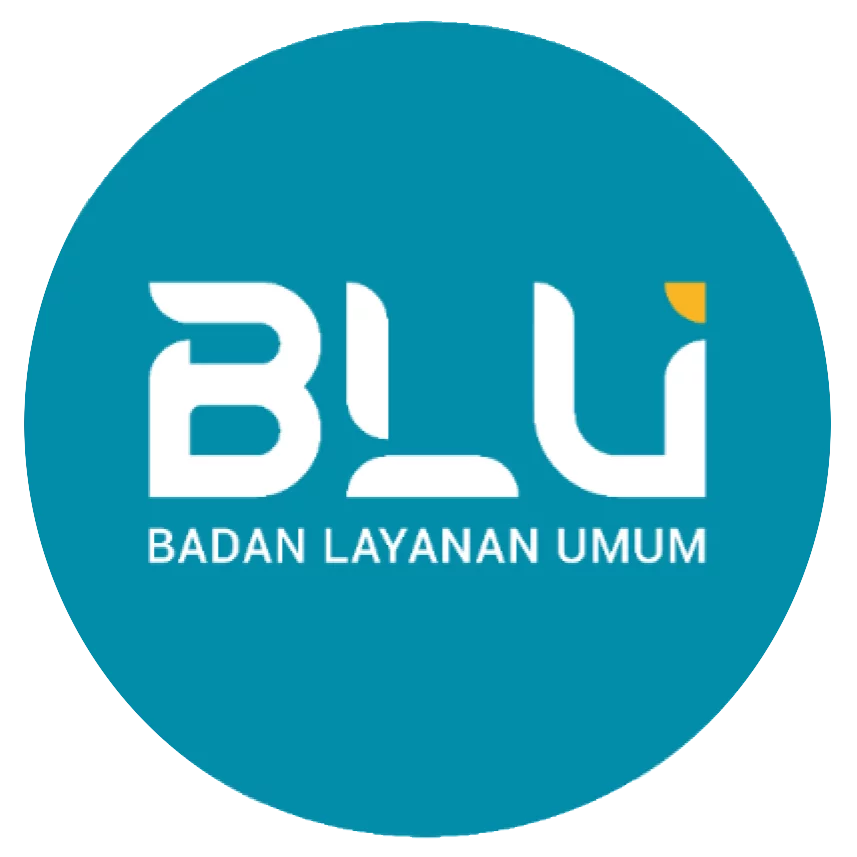Record Detail
Advanced Search
Text
A low-cost socially assistive robot and robot-assisted intervention for children with autism spectrum disorder: field trials and lessons learned
Recent research has employed socially assistive robots as catalysts for social interaction and improved communicationinyoungchildrenwithautismspectrumdisorder (ASD).Studiesdescribeobservedtherapeuticoutcomessuch as increased speech, social interaction, joint and directed attention, but few detail a robot-inclusive protocol which evaluates a set of robot tasks using widely-accepted, clinical assessments to evaluate the efficacy of the approach. In this study, we employed a low-cost, toy-like robot prototype withsafetyfeaturessuchasasnap-offheadandtwosnap-off arms, a camera for face, hand detection and session recording, two autonomous games and a teleoperated mode. We thendevelopedandtestedanew,robot-assistedintervention. Eight study participants and three controls diagnosed with ASDandaspeechdeficiencywererecruited.Thestudygroup received pre-, post-intervention measures with the Vineland Adaptive Behavioral Scale II (VABS-II), mean length spontaneous utterance determination (MLSUD), motor imitation scale (MIS), unstructured imitation assessment (UIA) and Expressive Vocabulary Test 2 (EVT-2) and participated in twelve 30 min interventions. To explore the efficacy of the robot and new robot-assisted intervention we (1) measured improvements in spontaneous speech, communication
and social skills using standard measures of performance, (2) compared improvements observed with a study group receivingtherobot-assistedinterventionwithacontrolgroup receiving speech therapy but no robot-assisted intervention and, (3) validated a set of robot behaviors that may inform an integrated, cross-platform, approach for incorporating an autonomous, robot-assisted ASD intervention within a clinical methodology. Paired-samples t test results indicate significantly improved adaptive functioning in the VABSII socialization and communication domains, MLSUD, UIA SocialInteraction,UIARequesting,andUIAJointAttention domains. Between-group analyses also suggest significant improvement in VABS-II Play and Leisure, Receptive Language subdomains and trends in VABS-II Coping Skills and Interpersonal Scale subdomains
File Attachment
Availability
| EB00000003553K | Available |
Detail Information
| Series Title |
-
|
|---|---|
| Call Number |
-
|
| Publisher | : ., |
| Collation |
-
|
| Language | |
| ISBN/ISSN |
-
|
| Classification |
NONE
|
| Content Type |
-
|
| Media Type |
-
|
|---|---|
| Carrier Type |
-
|
| Edition |
-
|
| Subject(s) | |
| Specific Detail Info |
-
|
| Statement of Responsibility |
-
|
Other version/related
No other version available
OPAC
RECORD DETAIL
Back To Previous
Hari Pustakawan: Pustakawan Lebih Dari Sekedar Menjaga Buku
Masyarakat seringkali beranggapan bahwa Pustakawan hanya bertugas menata dan menajga buku, ataupun sekedar melayani pemustaka yang melakukan peminjaman buku, padahal peran pustakawan terus mengalami perluasan seiring dengan perkembangan jaman. Masifnya teknologi informasi menuntut Pustakawan untuk ...
Layanan Baru UPA Perpustakaan UNEJ: Open Class Literacy
Dalam rangka mewujudkan fungsi edukasi perpustakaan, UPA Prpustakaan Universitas Jember menyediakan layanan kelas literasi bagi civitas akademika Universitas Jember yang memebutuhkan pelatihan terkait cara akses e-Resources yang dimiliki oleh Perpustakaan. Civitas akademika dapat melakukaan ...
MANUAL BOOK SISTER FOR STUDENT LIBRARY
Panduan Sister For Student Aplikasi berbasis android yang dibuat oleh TIM UPA Teknologi Informasi Universitas Jember yang terintegrasi di SFS (Sister For Student), untuk memudahkan pemustaka atau pengguna dalam pencarian koleksi di katalog UPA Perpustakaan dan juga menu lainnya seperti Book...










